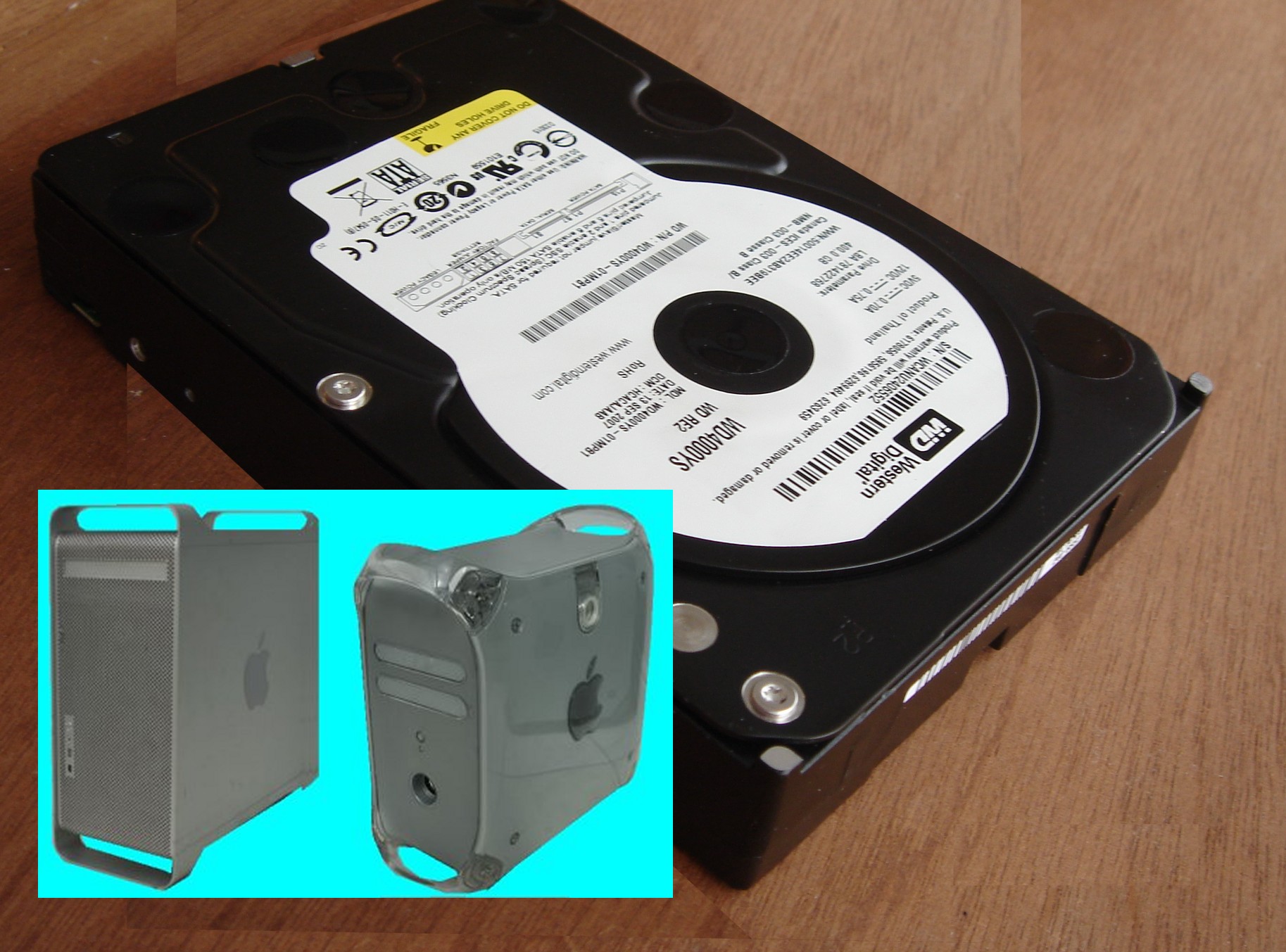


Up to Mac OS X Snow Leopard (10.6, 2009) the formats used by the classic Mac OS such as NDIF and Disk Copy 4.2 are also supported. Īlso starting in Mac OS X Panther takes care of the DiskImageMounter.app around the hook of supported memory dumps. Up to Mac OS X 10.2 ("Jaguar," 2002) Disk Copy was graphically responsible, which from Mac OS X Panther (10.3, 2003) was replaced by the disk utility. A UDIF file can be created and viewed on the command line with hdiutil. In Mac OS X, which was renamed to OS X in 2012 and macOS in 2016, a UDIF memory dump can be created with multiple programs. įor other operating systems there are reverse engineering programs for converting UDIF images into other formats. However, there is a developer version of Disk Copy 6.4 and beta version 6.5 that support uncompressed, unencrypted UDIF memory images under Mac OS 9. UDIF is not supported under classic Mac OS. dmg used, which Apple calls “ disk image ” (translated as “image file” ). Starting with Mac OS X 10.2 (“Jaguar,” 2002), the extension is usually.

The first release of Mac OS X Public Beta (10.0, "Kodiak," 2000) already included operating system support for the Universal Disk Image Format, which was associated with the filename extension. With UDIF, all data - data fork, resource fork and metadata - are saved in the file itself, which facilitates data exchange via the Internet or non-Macintosh media. It replaced the New Disk Image Format (NDIF) previously introduced with Disk Copy 6.0, in which the metadata was stored in the resource fork. for Mac OS X developed proprietary file format for memory dumps. The Universal Disk Image Format (UDIF) is one of Apple Computer, Inc. Memory image, optionally compressed and encryptedĪPM, FAT, GPT, HFS, HFS+, ISO 9660, MFS, MBR, UDF u. Application/x-apple-diskimage-udif application/x-apple-diskimage


 0 kommentar(er)
0 kommentar(er)
